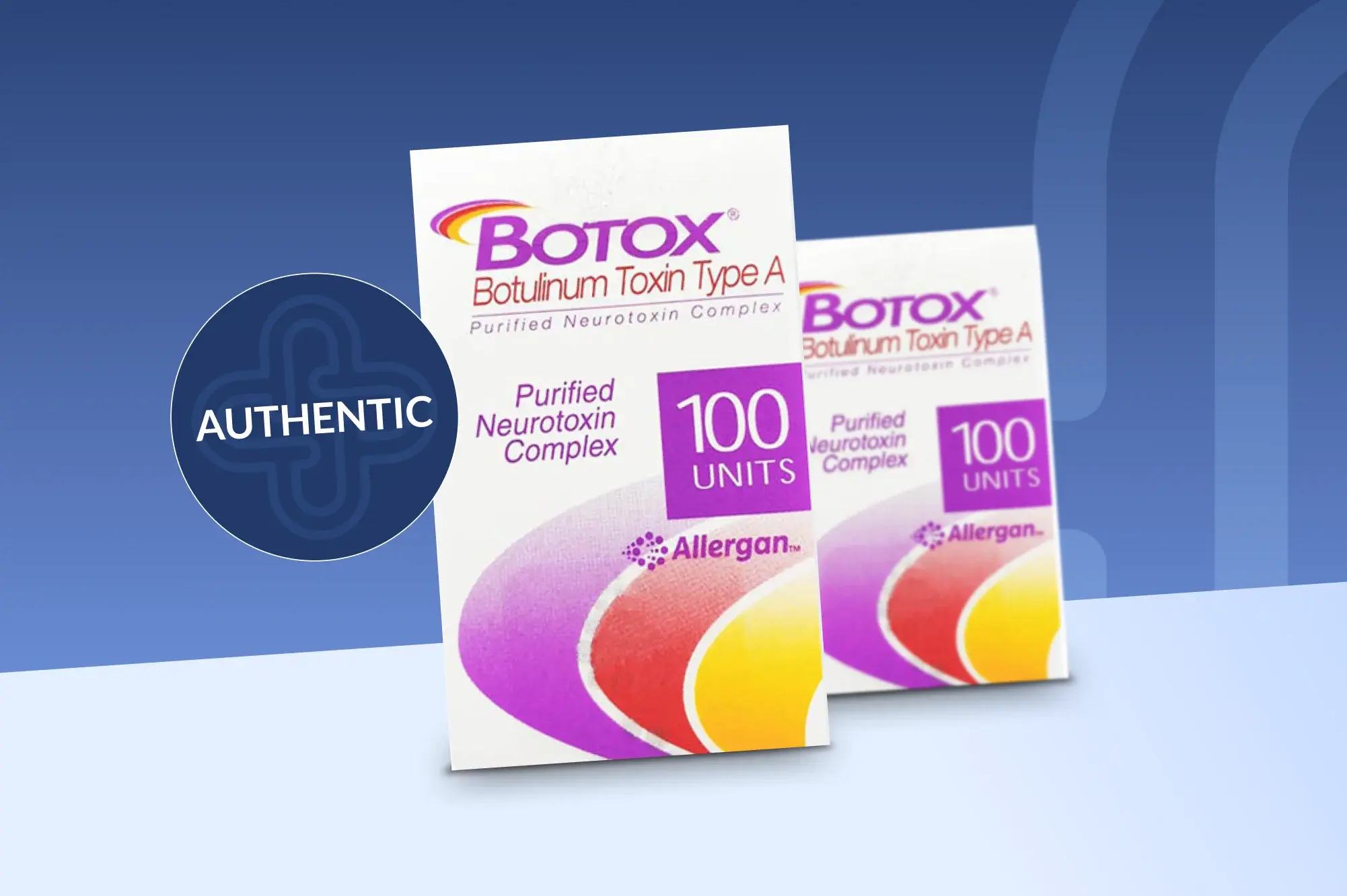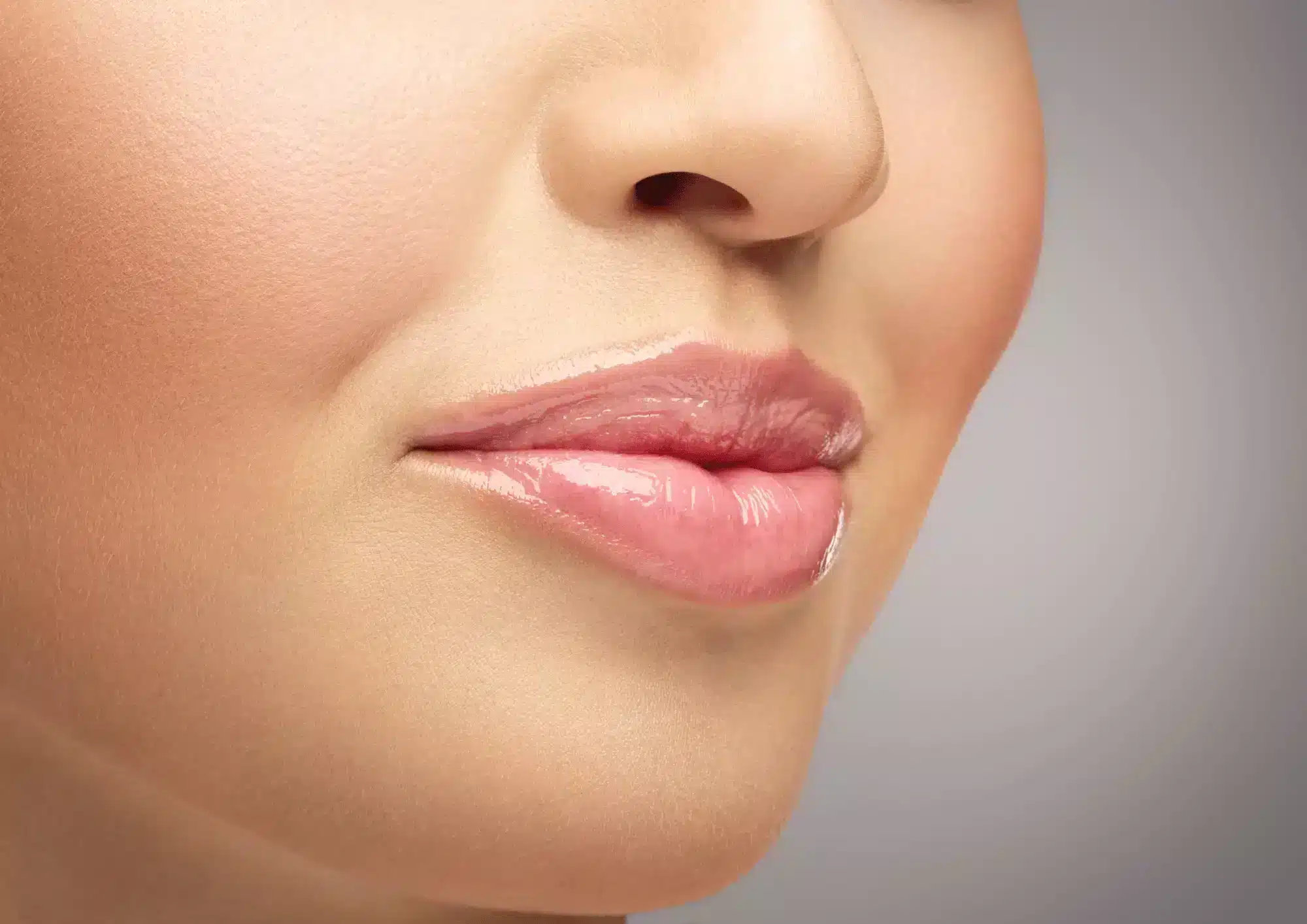Dermal filler injections are becoming an increasingly popular form of cosmetic treatment that helps patients feel more confident. Dermal fillers typically use hyaluronic acid, a substance that occurs naturally in the skin, to increase volume in the face; this sort of procedure is often done due to the process of aging. By adding subtle volume to the skin, dermal filler injections help smooth lines and wrinkles and give an overall plumpness to the area. Injections are safe and offer quick results that last for months.Traditionally, sharp tip needles have been the favored tool for injecting dermal fillers; however, cannulas, which have a blunt tip, are now a popular alternative when it comes to injections. While both the sharp tip needle and the blunt tip cannula are suitable tools for injection procedures, they each have their pros and cons when it comes to dermal fillers. This article will explain the differences between each tool and compare their respective benefits.
Cannula vs. Needle: What’s the Difference?
The cannula and the needle have very different physical forms; as such, both impact the injection technique required during dermal filler procedures. Here are the main differences in form between the cannula and the needle:
• Tip: The cannula has a rounded, blunt tip, which means it cannot pierce through the skin on its own. The needle has a thin, sharp tip which allows it to pierce down to where the dermal filler will be implanted.
• Length: The cannula is longer, allowing it to reach more areas while requiring relatively fewer entry points. The needle is short and requires more entry points to reach all the spots necessary for optimal treatment.
• Flexibility: The cannula is very flexible, as it offers freer movement and increased precision. The needle is rigid and thereby requiring more entry points.
Cannula or Needle for Dermal Filler Injection
The physical properties of the cannula and the needle offer different advantages and disadvantages when performing dermal filler injections. The biggest difference between the two is the accompanying pain and risk.
Due to the sharp, inflexible nature of the needle, there is a higher chance that it may hit and puncture a vein during injection. If a vein is hit, the patient may suffer a higher chance of bruising after the procedure is done.
During a dermal filler injection, the needle will deposit the product in a linear manner across the treatment area, so it requires multiple entry points to achieve the desired correction. The increased number of entry points needed may also lead to trauma to the skin, which increases the likelihood of swelling. The higher number of entry points also make the procedure more painful for the patient, though a numbing agent such a lidocaine or ice may be applied prior to injection for comfort.
During injection with a cannula, a tiny needle will first pierce the skin before the cannula is threaded underneath to spread the dermal filler product. The flexibility of the cannula allows it to glide smoothly along the natural planes of the underlying facial structure and tissues. Not only does this allow the cannula to reach a larger area without a need for many puncture points, but it also means the cannula will brush by veins and arteries without causing damage. As a result, there is less risk of swelling, bruising, and pain when using cannulas.
The length of the cannula also means that you can reach multiple areas with one entry point. For example, a small entry point in the cheek can give you access to under-eye bags and the cheek,. Similarly, two small entry points at the corners of the mouth will allow access to the upper and lower lip, the nasolabial folds, and marionette lines. The needle would require multiple injection sites to treat the same areas, and its use would come higher risks in areas with thin skin, such as the under-eye area.
Benefits of Cannula Injection Technique
There are many benefits to using a cannula for injecting dermal fillers, most of which come down to the comfort and safety of the patient. Fewer entry points means less sharp pain for the patient. The glide of the cannula beneath the skin also produces little discomfort, though some patients describe feeling a strange pushing sensation.
Additionally, the decreased risk of punctured veins and arteries means less bleeding and bruising, resulting in shorter downtime after the procedure. This also makes cannulas the safer option of the two. The biggest risk with dermal filler injections is accidental implantation into an artery, which can cause serious harm in the form of tissue death and, in rare cases, blindness.
The cannula also offers more precision with fewer injection sites. As the practitioner can place the filler product in more precise locations, this means that less filler will be needed to achieve optimal results. This is particularly true in the areas of the jaw line, nasal folds, cheeks, lips, marionette lines, and the under-eye area.
Benefits of Sharp Needle Injection Technique
There is no doubt the cannula offers many benefits during dermal filler injection, but there are still some occasions where sharp needles may be the best choice. Any procedure that requires a small amount of filler will benefit from needles. For instance, treatment involving small touch-ups to maintain the desired result or to improve small areas, such as the temples or the cupid’s bow of the lip, will benefit most from a needle.
The needle is also the best choice for procedures such as filling in very fine lines in the superficial surface of the skin and filling in acne scars. It is not difficult to get precise results using a needle for these procedures, and the cannula would not offer any added benefits in these areas.
There are many benefits and disadvantages to using the cannula and the needle, and the right choice comes down to personal preference of the practitioner and the comfort of the patient. The most important factor is that the patient is happy with their facial rejuvenation procedure.









